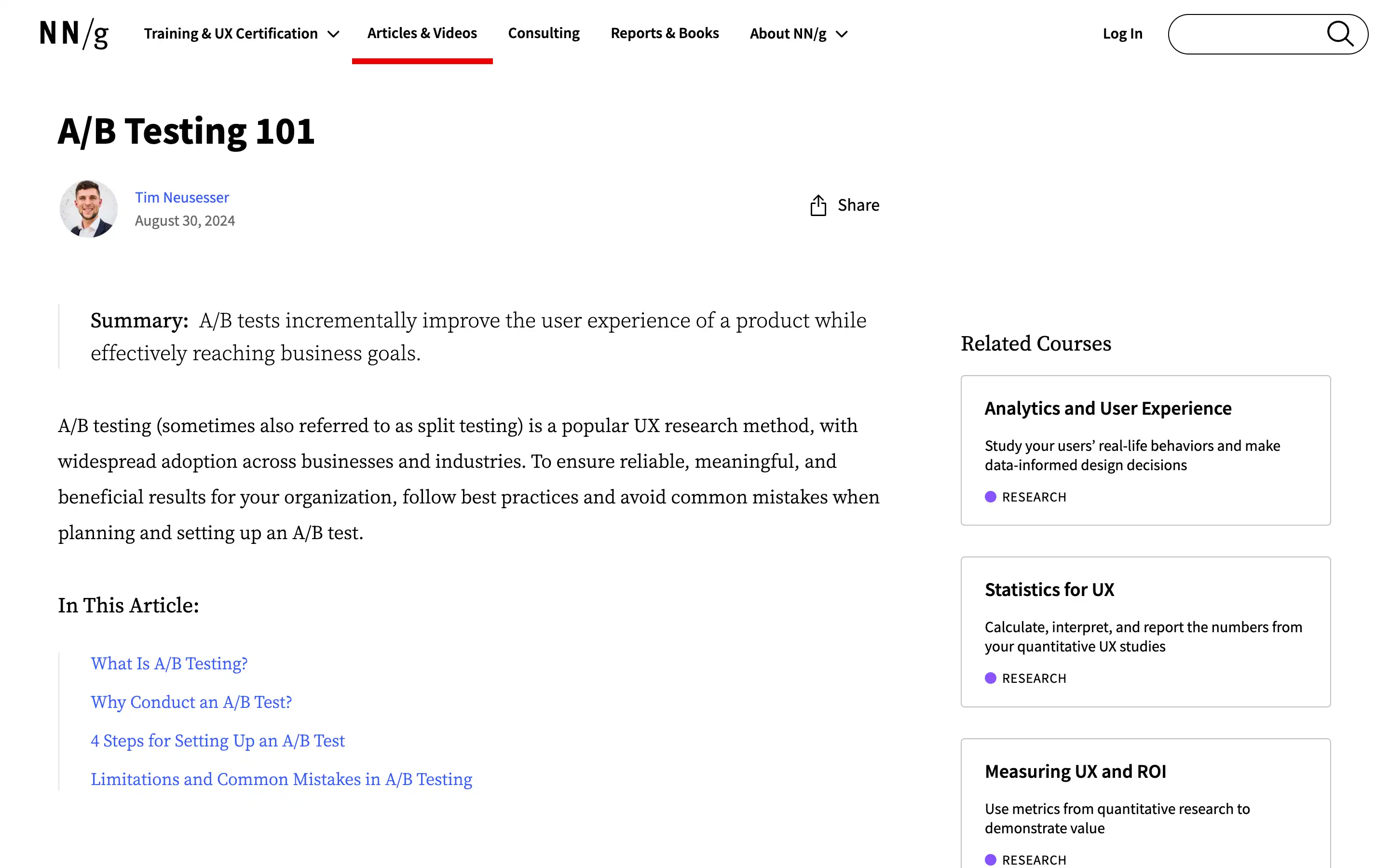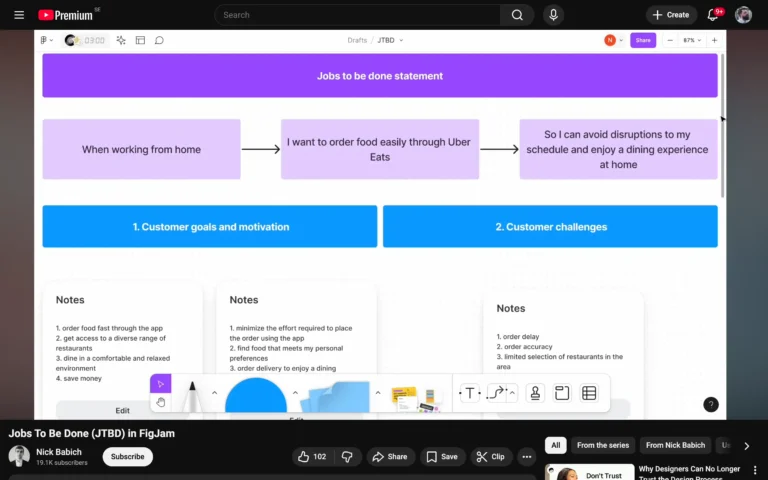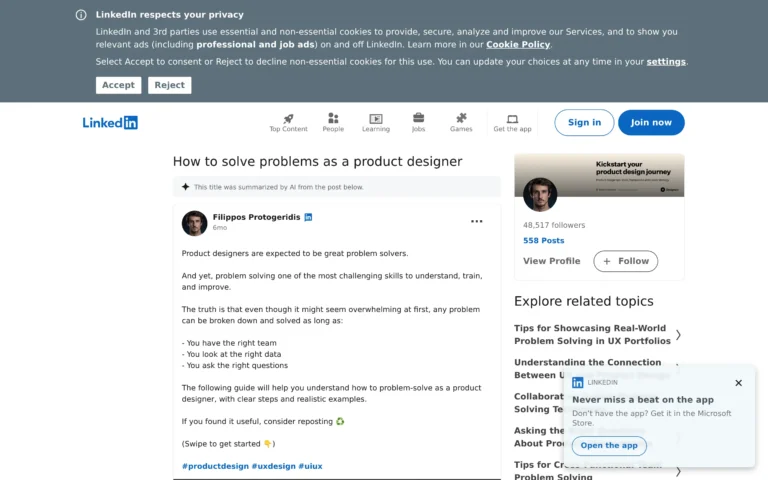A/B testing is a powerful tool for businesses looking to optimize their user experience and drive better results.
At its core, A/B testing involves comparing two or more design variations to determine which one performs better according to predetermined success metrics. This could be anything from conversion and click-through rates to revenue and customer retention. Businesses can gather data-driven insights to guide their decision-making by splitting user traffic between the different versions.
Tim Neusesser outlines a straightforward four-step process for setting up an effective A/B test. First, starting with a well-informed hypothesis is crucial – a proposed change that you believe will lead to improved outcomes. Next, you’ll need to define the design elements you want to test, ensuring that only one variable is altered at a time.
He also highlights the limitations of A/B testing, cautioning against using it for low-traffic pages, testing multiple changes simultaneously, or trying to understand the underlying reasons for behavioral shifts.








